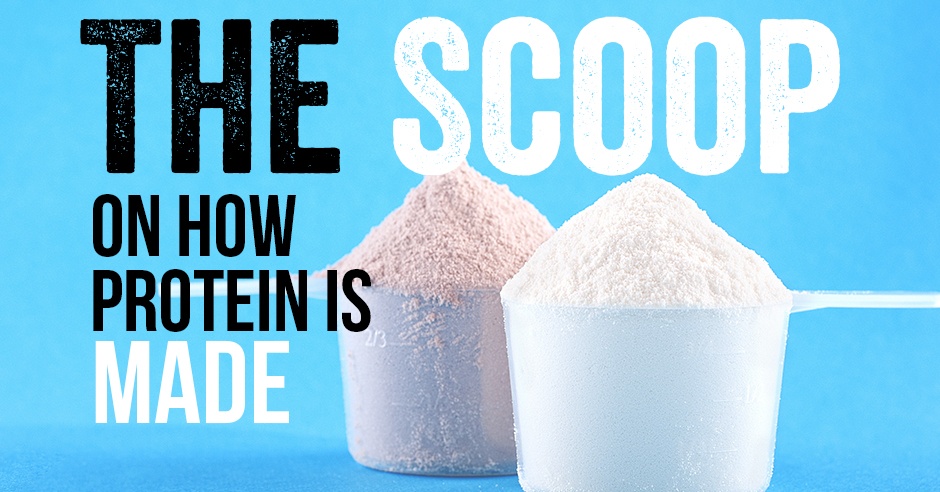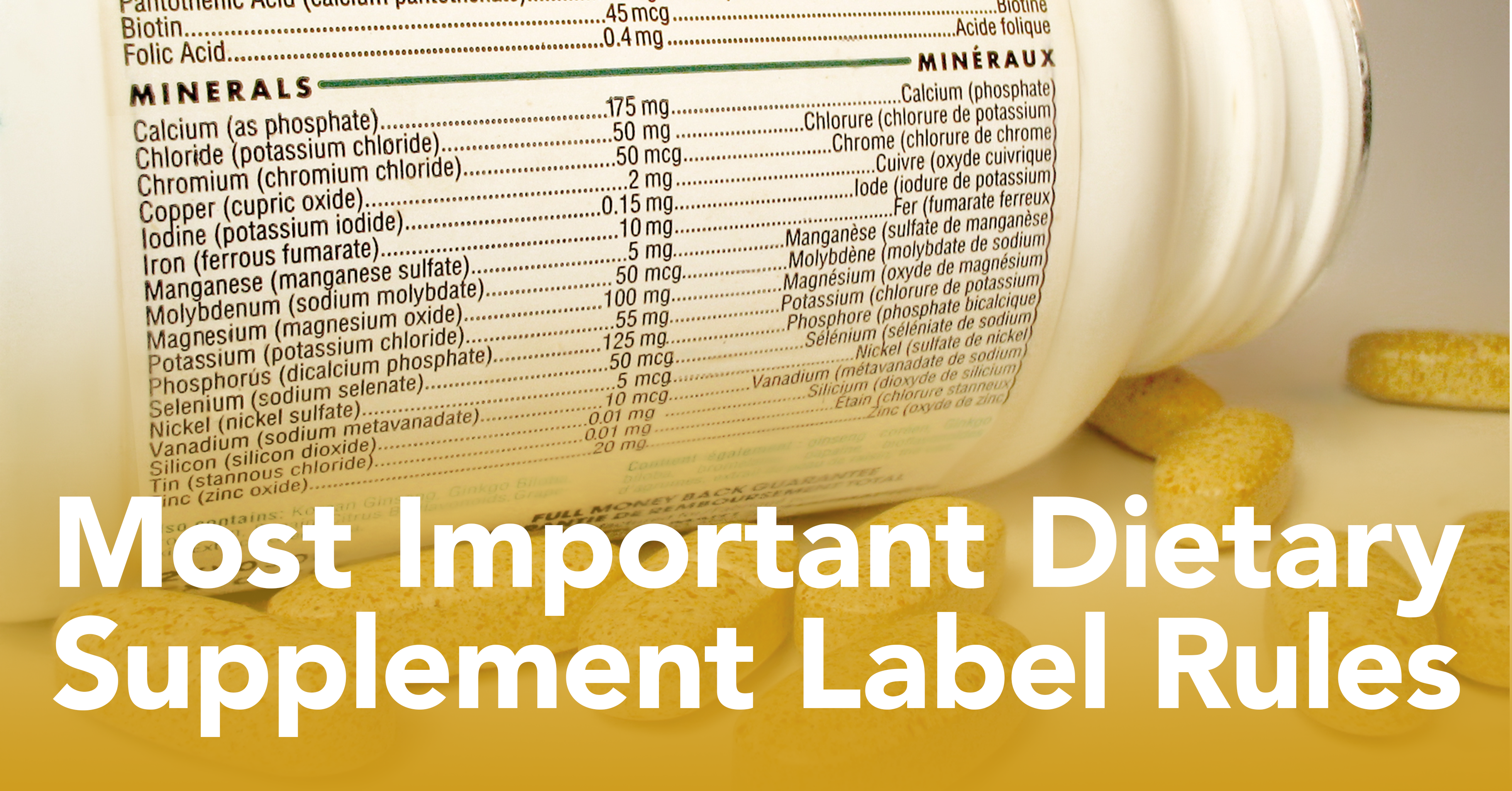Protein powder is a convenient way for consumers to promote the growth of lean muscle mass.
Since it is such a hot commodity today it is also benefical to the manufacturer and the protein factory.
Whey protein is a complete protein, which means it contains all nine essential amino acids needed for muscle growth and good health.
Whey protein powders are popular among consumers now because the supplement helps build muscle mass, is easy to use, and is easily digested by the body.
Consumers love whey protein because it improves muscle mass and does not contain lactose, which can cause muscle and joint pain in some people.
Manufacturers love whey protein because most people buy it in bulk. Bulk whey protein is in every major nutrition store.
Manufacturing whey protein powder is easier than you might imagine. The process requires very few steps to produce a high-quality supplement that really works.
Beginning the Creation Process
Visit your local dairy farm
Since it is naturally present in cow’s milk, all whey protein originates at dairy farms.
Farmers typically collect milk from dairy cows two or more times each day.
Robotic milking systems often milk cows up to four or five times each day.
Frequent milking does not cause the cow to produce more milk nor does it cause distress or discomfort, as calves typically feed every four to six hours.
For the highest quality whey protein, choose milk from the best dairy farms. Consider using organic milk that is free from pesticides.
About 3.5 percent of cow’s milk is whey protein, approximately 4 percent is fat and another 4.6 percent is lactose, a type of natural sugar.
Whey protein is a byproduct of the process that turns raw milk into cheese.
Raw milk contains several compounds, including proteins, fat and other nutrients. There are two types of protein in milk – whey protein and casein.
The old phrase “curds and whey” refer to these two types of milk proteins, with casein protein forming the curds and whey protein making up the whey.
Choose high quality, safe raw materials
Dairy farmers then send the milk to a nearby manufacturing and processing centers. Workers there test and process the milk for safety.
As a natural animal product, raw milk also contains potentially harmful bacteria that could cause illness.
Chilling fresh milk during transport to a processing facility kills some of these bacteria.
Pasteurization kills more bacteria by heating the milk to a certain temperature for a predetermined amount of time before a quick cool-down; extremes in temperatures kill the bacteria.
The temperature and duration of the heating processes varies, depending on what the manufacturer will do with the milk.
Adding certain enzymes, such as rennet, separates the milk into its various components. One of the components is curds, known in the industry as coagulated milk solids, which eventually become cheese.
Isolate the whey protein concentrate
When cheese makers remove the milk solids, they leave behind a liquid solution that contains whey protein concentrate (WPC).
You can isolate the concentrate through a micro-filtering process, and then spray-dry it, or spray dry the entire solution containing WPC.
Techniques, such as filtration and ion exchange, convert the concentrate into WPC-80, which is a finished dry product that contains 80 percent or more protein.
Filtration
Filtration uses very fine filters, known as micro-filters or ultra-filters, which strain the proteins through microscopic holes. Filtration is a mechanical process that physically removes protein from other contents.
Ion Exchange
Ion exchange is a chemical means of separating whey protein from other components of dry WPC.
To perform ion exchange, you would place the protein into an ion exchange tower and add chemicals, such as hydrochloric acid and sodium hydroxide.
Ion exchange is typically less expensive than filtration but lower price comes at a cost – chemical processing tends to damage, or denature, some protein molecules.
Certain amino acids, such as immunoglobulins that boost immune function and glucomacropeptides that improve the absorption of calcium, are particularly vulnerable to damage.
Most proteins survive ion exchange quite well, however, so using ion exchange should not affect the quality of the finished product significantly.
Dry, package and distribute your product
Place the whey protein into a drying tower after processing and concentration to remove any remaining liquid. Add different flavorings to make your product easy to enjoy.
liquid. Add different flavorings to make your product easy to enjoy.
Finally, package the protein powder into containers of various sizes, ranging from 25 to 1000 kilograms
Ship your whey protein to distribution centers, where it is available for consumers eager to improve muscle protein synthesis and promote the growth of lean tissue mass.
Consumers are waiting to add your whey protein powder to their healthy routine.
Whey protein powder can help your clients optimize their time at the gym by promoting the gain of muscle mass.
You will kick yourself for not learning how to make your own whey protein powder sooner!






